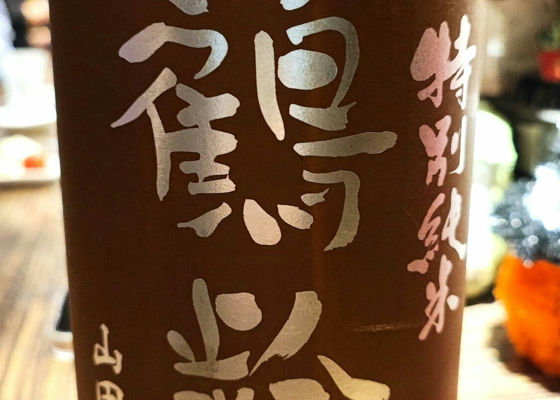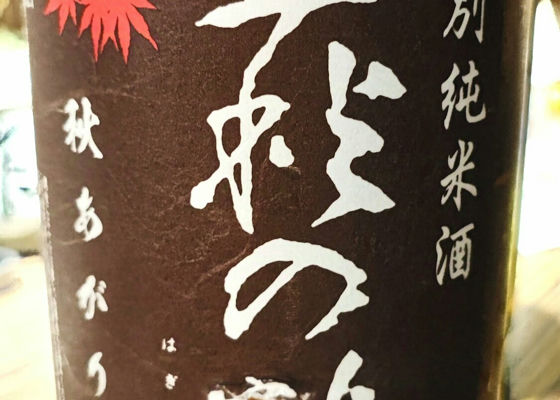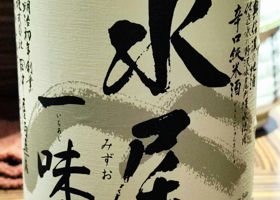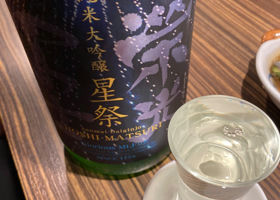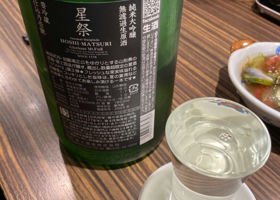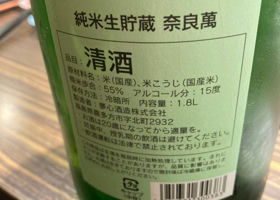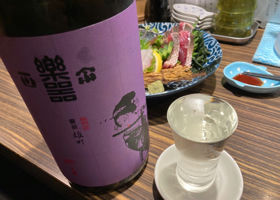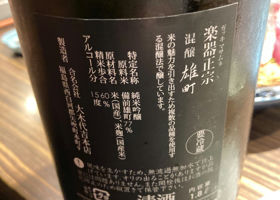Timeline
ぐがげごIt has a mature taste with a strong bitterness. It is dry, slightly less light, and soft instead. ぐがげごIt is dry and quite pale. On the other hand, it is quite rich.
The owner's favorite series is well represented. ぐがげごAccording to the owner, it is the most recommended sake among today's Bijin series, Toyo Bijin, Chiebijin, and Yuki no Bijin. Dry and refreshing. ぐがげごIt is soft and comes with a mild sweetness bouquet. My favorite. ぐがげごLight and dry. Light and dry. ぐがげごIt has a dry finish that is hard to believe it is junmai nama sake. ぐがげごRefreshing. Just as you would expect from Miyagi sake. ぐがげごSoft, fluffy mouthfeel, clean, dry, but mellow. ぐがげごSourness and carbonation flavor. It's like Nada's dry, light and dry. ぐがげごNice aroma. The bitterness comes almost at the same time as the umami. And the umami in the aftertaste.
A good sake. ぐがげごDry without any peculiarities. Slightly full-bodied on the back palate. ぐがげごDry, thin and solid sake with a core. But it is refreshing. ぐがげごRefreshing, light. Nice light bitterness. ぐがげごNice aroma. Flavor like white sake. And thick. Sake_MaruFuji Shuzo Eikofuji Hoshimatsuri Junmai Daiginjo Unfiltered Nama-shu, served cold.
Brewed with "Manamusume" rice produced in Miyagi Prefecture.
It has a gorgeous ginjo aroma and fresh, lush fruitiness. Sake_MaruYumeshin Shuzo Naraman Junmai Namaizu Shuzo (cold sake).
Crisp and dry.
Refreshing to drink. Sake_MaruOki Daikichi Honten Rakki Masamune mixed with Bizen Omachi, served cold.
To bring out the best of the rice used
The "Konjo" series is brewed using the "mixed brewing method" in which multiple varieties of sake rice are used to bring out the best of the rice used.
The taste is full of rice flavor and sweetness. RecommendedContentsSectionView.title






